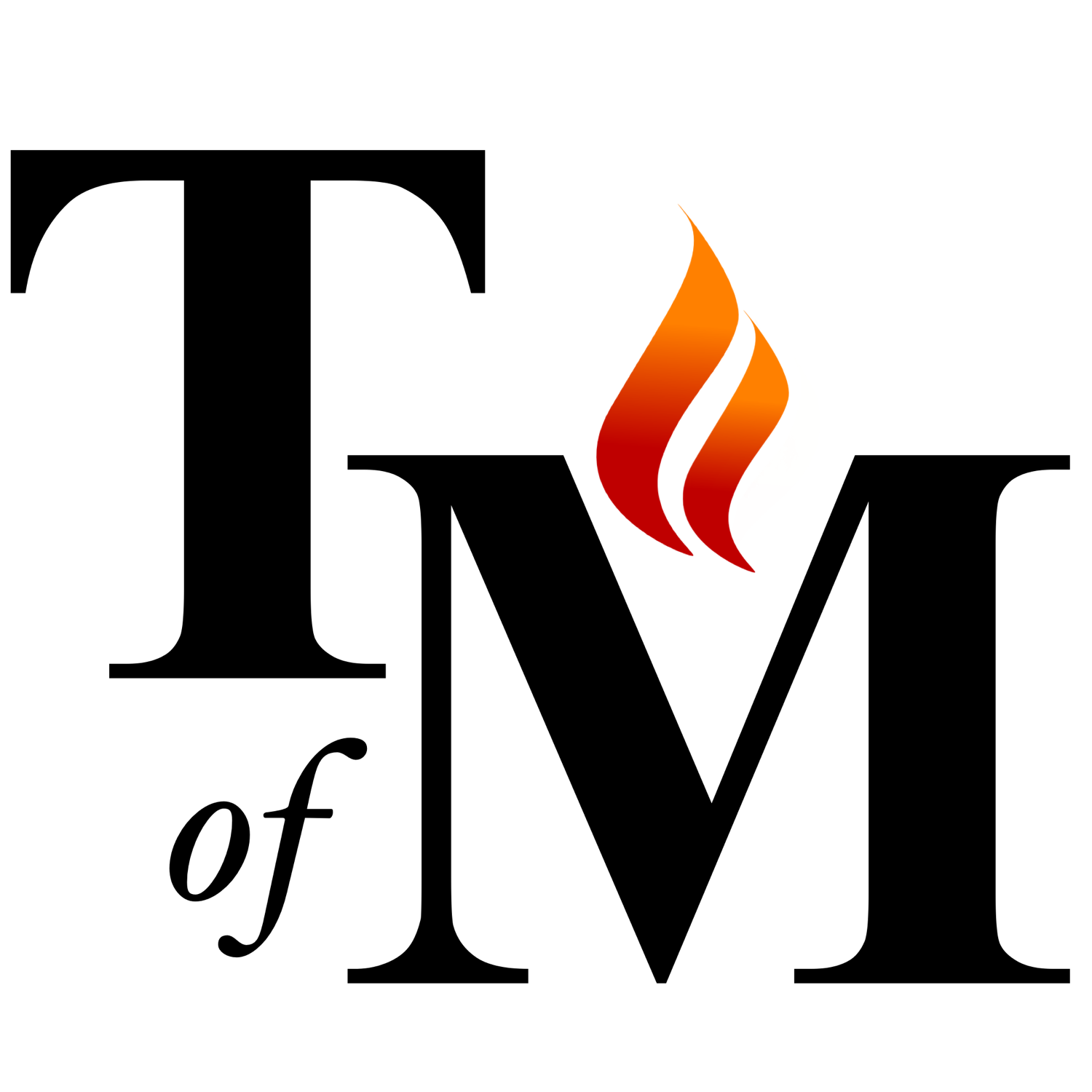Memorial of Saint John of Damascus, Priest, Religious, Doctor of the Church
An Arab, but a Christian, raised in areas dominated by Islam, but thinking autonomously in the face of these influences, the son of a high-ranking official who became a monk, and finally a monk who remained an intellectual, and a high-class one at that.
When John of Damascus died in 750, probably no one thought that in four years some of his views would be officially condemned (Hieri Council). After which, a little over twenty years, it was again recognized as Orthodox (Council of Nicaea).
Apologia Against Those Who Decry Holy Images!
It was about icons, and more precisely the prohibition contained in the Decalogue to make images of people or animals, which would be used in worship as images of God (Ex 20: 4). Iconoclasm (this was the name of the icon-destroying movement) was born in the eastern part of Byzantium, possibly under the influence of Judaism and Islam, and spread to almost the entire State. In 730, Emperor Leo III issued an edict prohibiting the cult of images, and the action of mass destruction of those that had been created then began. One of the few survivors of this madness are the icons of Christ Pantocrator and St. Peter in the monastery of St. Catherine in Sinai.
John of Damascus, despite having Eastern roots (his parents were Arab Christians), stood firm in defense of the creation and veneration of icons. In the time when the edict was issuedby the emperor, he wrote " Apologia Against Those Who Decry Holy Images." In it, he showed both the theological foundations of this form of worship and its roots in tradition, referring, for example, to the theology of the Cappadocia Fathers. Undoubtedly, he exposed himself to risk, but he remained faithful to his views until his death. His opponents were victorious during the reign of the next emperor, Constantine V, in 754. John was dead, but he was excommunicated anyway. However, there were no representatives of the Western Church at this meeting, and the Pope never adopted the decisions of this assembly or even recognized it as an ecumenical council. Moreover, at the Council of Lateran in 769, iconoclasm was condemned by Pope Stephen III, a decision which was confirmed by the Second Council of Nicaea as binding for the entire Church in 787.
Χρυσορρόας / Chrysorrhoas - "Streaming with Gold”
But let us go back to 730. After the publication of his treatise, John soon withdrew from public life and became a monk at the Mar Saba convent near Jerusalem. That's where he wrote a wonderful treatise: DE FIDE ORTHODOXA: AN EXACT EXPOSITION OF THE ORTHODOX FAITH, which for centuries became a textbook of dogmatic theology and was a source and inspiration for both theologians of the East and the West.
John (recognized as the last of the Church Fathers) synthesized the theology of his predecessors in this work. What is more, he also gave methodological guidelines for the research, not afraid to refer to the philosophy of Aristotle, which in the 13th century was carefully used by theologians of such a class as Thomas Aquinas. He also presented selected erroneous views, including heresy of Islam and Iconoclasm.
However, he had not only the gift of formulating written texts - but his sermons were also so popular that he was given the nickname Χρυσορρόας / Chrysorrhoas, literally "streaming with gold”. He had great authority as a theologian and ascetic since the emperor and his followers had not the courage to attack him outright, at least since he had become a monk.
From the time immediately after the publication of the treatise against iconoclasts, there is a legend that Leo III ordered to chop off John’s hand by which he wrote such a "blasphemous" work. But then an angel appeared and made the hand snap back to the wrist. Thus, his later inviolability would have supernatural roots.
Master of synthesis
John died around 750 in his monastery. He left 150 works, at least two of which mentioned above remain links between the theology of the East and the West, uniting both parts of the Church to this day.
He reminds us that Syria, still burning off the recent war, is not a foreign place for Christians. Pope Francis recently reminded us of the need to support our brothers there by lighting a candle made in Damascus on the First Sunday of Advent, which is a symbol of the action to help Syrian children. Syria is not only a country overseas - it is one of the cradles of our theology, it is there that great Church Fathers, such as John, were born and lived. We owe her.
Until Tomorrow
fr. george


